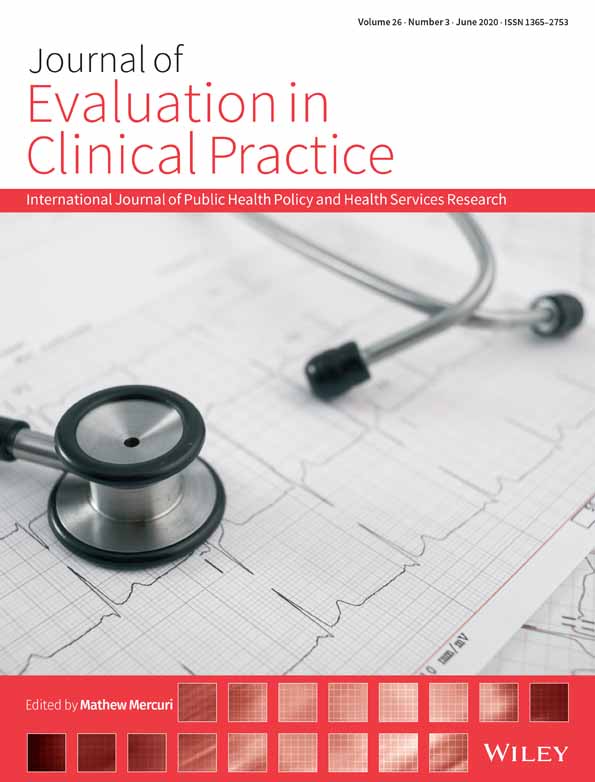Trang chủ - Publication - "Changes in, and predictors of, quality of life among patients with unstable angina after percutaneous coronary intervention"
"Changes in, and predictors of, quality of life among patients with unstable angina after percutaneous coronary intervention"

Changes in, and predictors of, quality of life among patients with unstable angina after percutaneous coronary intervention
Huy Van Nguyen BA, MSc, PhD, MD Long Quynh Khuong Anh Tuan Nguyen Anh Le Tuan Nguyen Cham Thi Nguyen Ha Thi Thu Nguyen Thu Thi Ha Tran An Thi Minh Dao PhD, MD Stuart Gilmour MSc, PhD Minh Van Hoang MSc, PhD, MD.
Abstract
Rationale, aims and objectives: Changes in, and predictors of, quality of life (QoL) among unstable angina patients are informative for both clinical and public health practice. However, there is little research on this topic, especially in health care settings with limited resources. This study aims to detect changes in QoL and its associated factors among patients with unstable angina after percutaneous coronary intervention. Methods: A longitudinal design was conducted with two repeated rounds of measurements, 1 and 3 months after intervention, using the generic SF‐36 questionnaire, in 120 patients from Vietnam National Heart Institute. A linear mixed‐effects model was used to assess changes in patient QoL over time while adjusting for other covariates. Results: Only two out of eight QoL subscales (social functioning and emotional well‐being) declined after 1 month, but these tended to rise again after 3 months, while scores of all other QoL subscales increased. Adjusting for covariates, QoL increased slightly after 1 month of intervention (β = 0.65, 95%CI = −0.86 to 2.16) but improved by almost six QoL points after 3 months (β = 5.99, 95%CI = 4.48 to 7.50). Four confounders significantly associated with a decline in QoL were older age, being retired, living in rural areas, and having abnormal troponin level. Conclusion: QoL of the patients with unstable angina improves significantly 3 months after intervention, rather than after 1 month. More attention should be given to patients, who are old, retired, live in rural areas and have abnormal troponin level.
Full-text link: Changes in, and predictors of, quality of life among patients with unstable angina after percutaneous coronary intervention
Source: Center for Population Health Sciences (CPHS) - Hanoi University of Public Health
TIN CÙNG CHUYÊN MỤC
- "Improvement in Compliance With Smoke-Free Environment Regulations at Hotels and Restaurants in Vietnam..."
- "Review of Public Financing for Water, Sanitation, and Hygiene Sectors in Vietnam"
- "Describing the pattern of the COVID-19 epidemic in Vietnam"
- "Vietnam Climate Change and Health Vulnerability and Adaptation Assessment, 2018"
- "An adaptive model of health system organization and responses helped Vietnam to successfully halt the Covid-19 pandemic..."
- "Reliability and Validity of SARC-F Questionnaire to Assess Sarcopenia Among Vietnamese Geriatric Patients"









